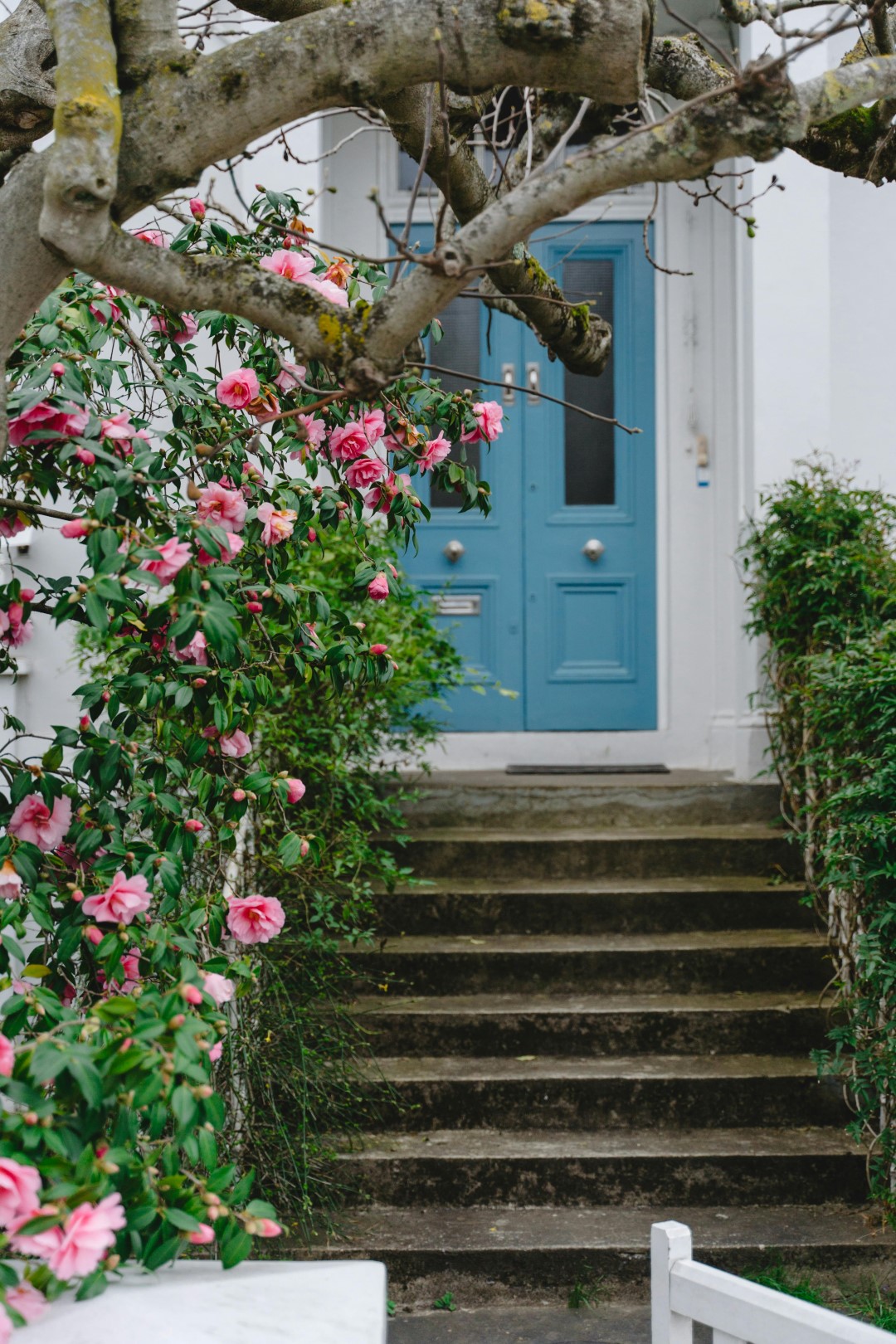With urbanisation transforming cityscapes around the globe, green spaces are becoming increasingly important in urban real estate projects. In this article, we look into the growing role of green areas in urban projects, examining their influence on livability, environmental sustainability, as well as property prices in the cities of the future.
Enhancing Livability
Urban areas are made more livable by the presence of green spaces. Amidst the rush and bustle of daily life, parks, gardens, and recreational spaces provide citizens opportunity for social contact, exercise, and leisure.
Correspondingly, Walter, a proponent of urban sustainability, states, “Access to green areas has a dramatic influence on the physical and emotional well-being of urban people. These areas are vital havens from the hustle and bustle of the city, fostering well-being, happiness and community cohesion.”
This notion was also supported by a study published within the National Library of Medicine titled ‘Value of urban green spaces in promoting healthy living and wellbeing: prospects for planning’.1
Promoting Environmental Sustainability:
Urban developments’ green spaces play a crucial role as ecosystems that reduce pollutants, control temperature, and encourage biodiversity in the face of climate change and environmental deterioration.
In addition, Walter highlights that “The urban heat island effect is lessened, air quality is improved, and carbon sequestration is aided by urban greenery. Urban projects may become more resilient to climate change and provide more sustainable ecosystems for future generations by including green infrastructure.”
Another study published on Elsevier illustrated that “Urban green spaces provide important ecological, environmental, and cultural benefits, including biodiversity conservation and human wellbeing.”2

It is further important to point out that trees are key in controlling and reducing high temperatures in the summer months. As a matter of fact, “The cooling effect of trees reduces the surface temperature of European cities in the summer by up to 12°C in some regions. In contrast, green spaces without trees have a negligible effect, according to a study that strengthens the case for tree planting to help cities adapt to global warming. […] The cooling effect of trees comes largely from shading and transpiration, which is when water within the tree is released as water vapour through their leaves. This process takes heat energy from the surrounding environment for evaporation, lowering the surrounding temperature.”3
Fostering Social Connectivity:
Urban communities benefit from the social centres that green spaces provide by being more connected and inclusive. These areas, which range from metropolitan squares to neighbourhood parks, offer venues for social meetings that unite locals as well as cultural events and leisure pursuits.
According to Walter, “Green spaces foster a sense of belonging among diverse urban populations by serving as equalisers, transcending social barriers. By incorporating green infrastructure into urban developments, cities can increase their resilience to climate change and create more environmentally friendly cities to serve future generations.”
Additionally, another study published in the National Library of Medicine proves precisely this fact. Therefore, the study titled ‘The Relationship between Social Cohesion and Urban Green Space: An Avenue for Health Promotion’ asserts that “The presence of urban green spaces can encourage positive social interactions that cultivate social cohesion in ways that enhance health and well-being. Urban green spaces have also been linked to positive health behaviours and outcomes including increased physical activity and social engagement.”4
Increasing Property Values:
Moreover, property prices in urban projects are directly impacted by the availability of green areas. Studies show that homes’ popularity and marketability may be considerably increased by being next to parks and green spaces.
According to Walter, “When selecting urban dwellings, homebuyers and renters increasingly prioritise accessibility to green spaces. In the real estate market, properties with views of greenery or parks often achieve higher prices and are in greater demand. Almost everyone would prefer to live in a nice area full of greenery and parks for them and their children!”
Similarly, as reported by PLB Insights, “Residents staying in these areas not only get to enjoy the health benefits, but also the serene views of lush landscapes, greenery, parks and gardens. As this enhances the overall attractiveness of the location it also increases the desirability of these properties, resulting in higher property values.”5
Mitigating Urban Heat Islands:
Urban heat islands provide major obstacles to both environmental quality and livability since they are defined by high temperatures in highly populated regions. Because they offer shade, evaporative cooling, as well as thermal insulation, green spaces are essential for reducing the impact of the urban heat island.
Appropriately, Walter put it best by saying that “Strategic positioning of trees, green roofs, as well as permeable surfaces in urban developments assists in reducing heat retention and managing microclimates, creating pleasant and sustainable urban environments for inhabitants.”
Another study further supports this fact by adding that “A green roof can lower indoor temperatures which depend on the roof’s green area. Increases in shading, improved insulation, and a larger thermal mass of the roof system are mostly responsible for the noticeable rise in thermal performance.”6
Conclusion:
Taking everything into account, the incorporation of green areas into urban fabric is inherently tied to the future of urban growth. The significance of green infrastructure in fostering social connectivity, environmental sustainability, and livability is becoming more and more apparent as urbanisation increases.
Cities may improve the quality of life for their citizens, reduce environmental dangers, and increase property values in the urban landscape of the future by prioritising the construction and protection of green areas. In order to maintain vibrant, resilient, and habitable cities for future generations, developers, planners, and legislators must embrace green areas as essential elements of comprehensive urban design. This is their duty as stewards of urban sustainability.

